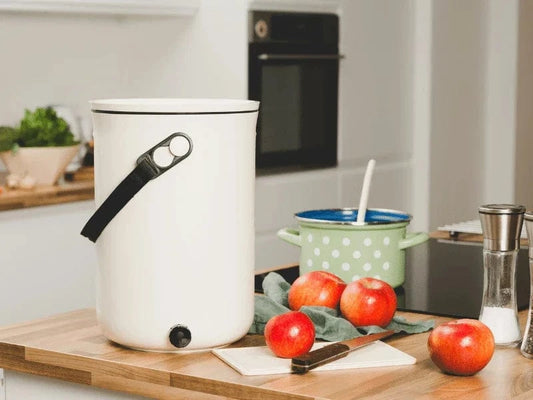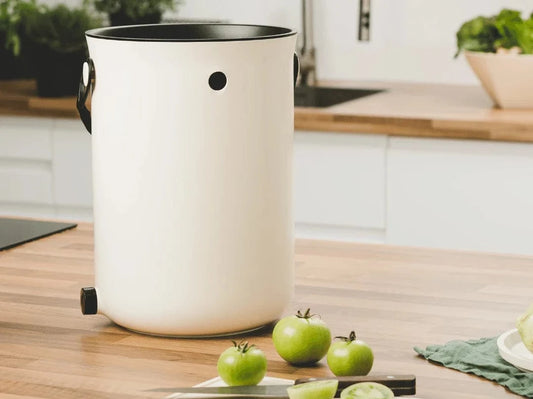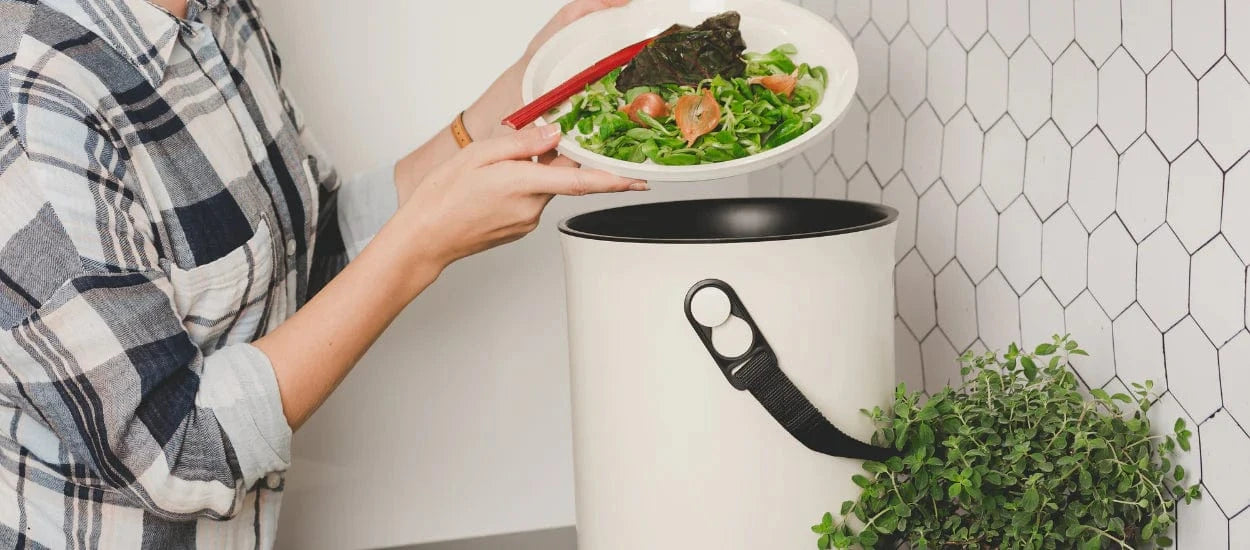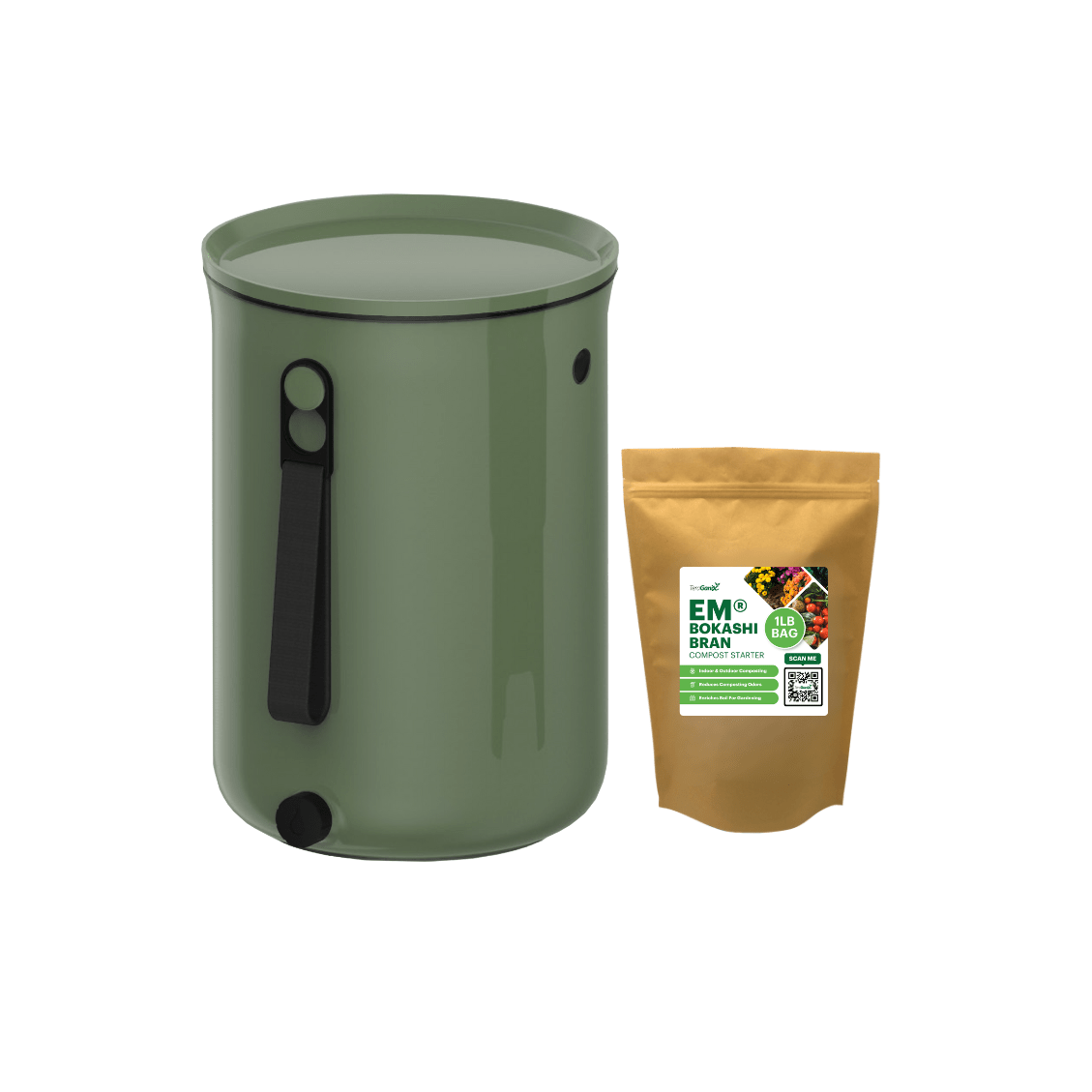
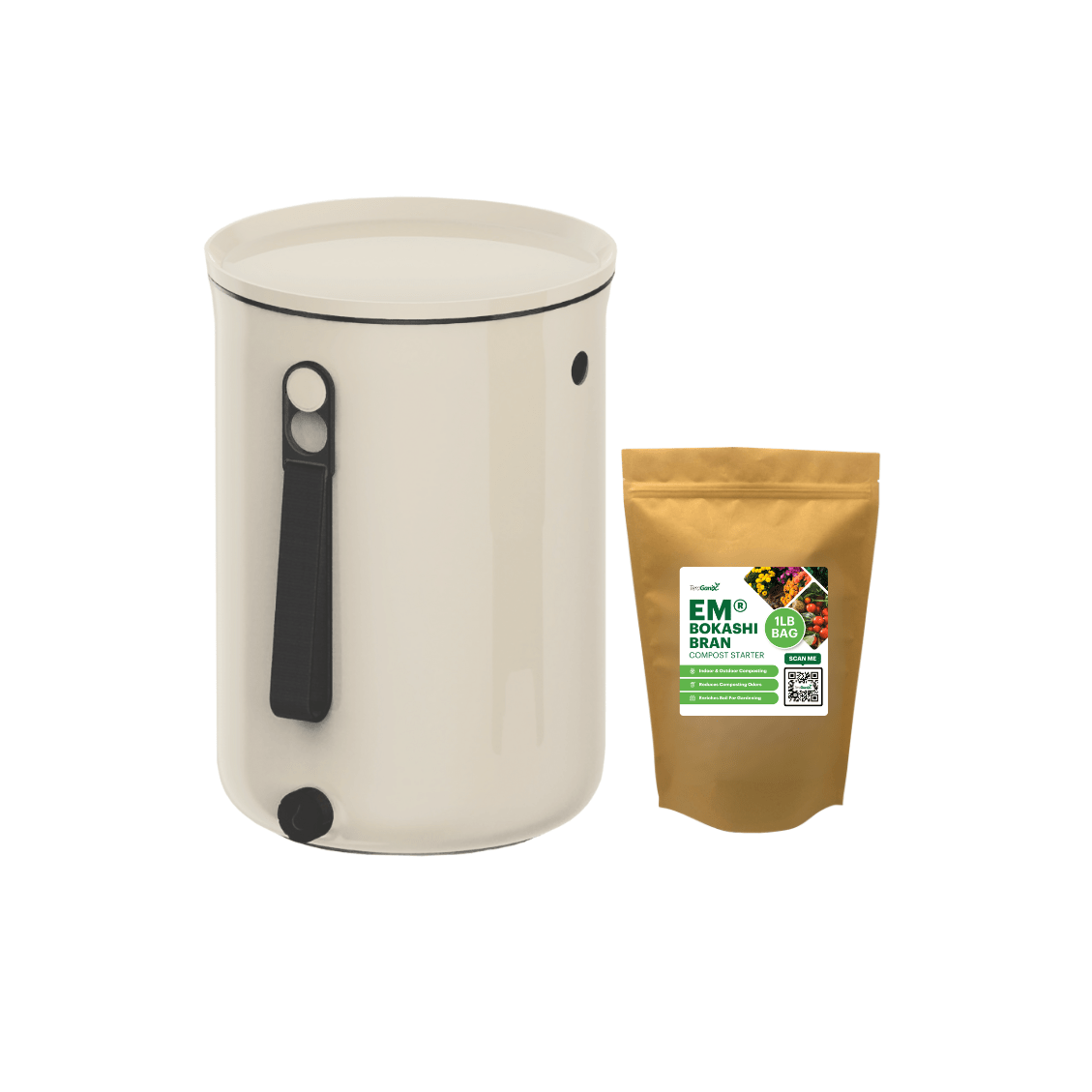
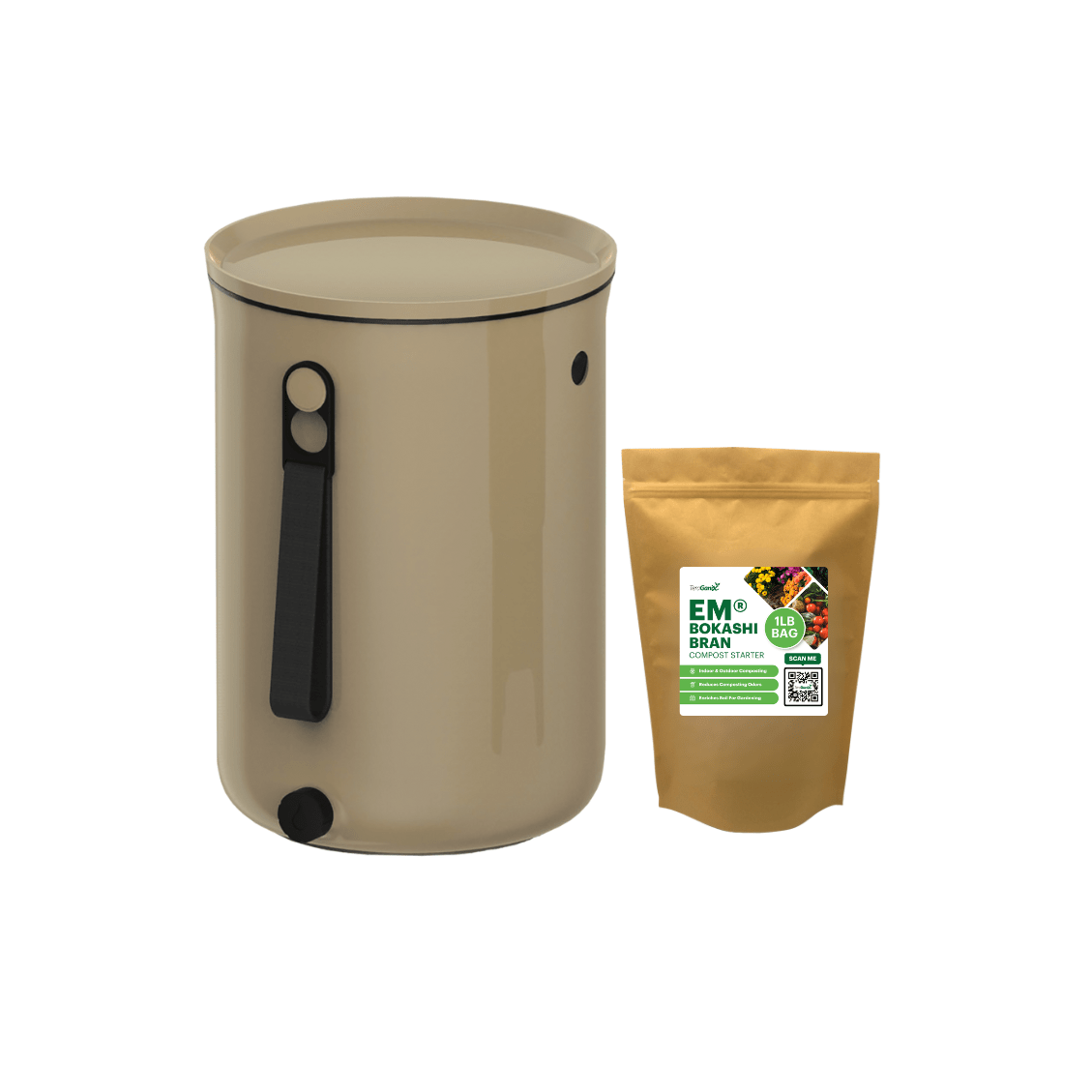
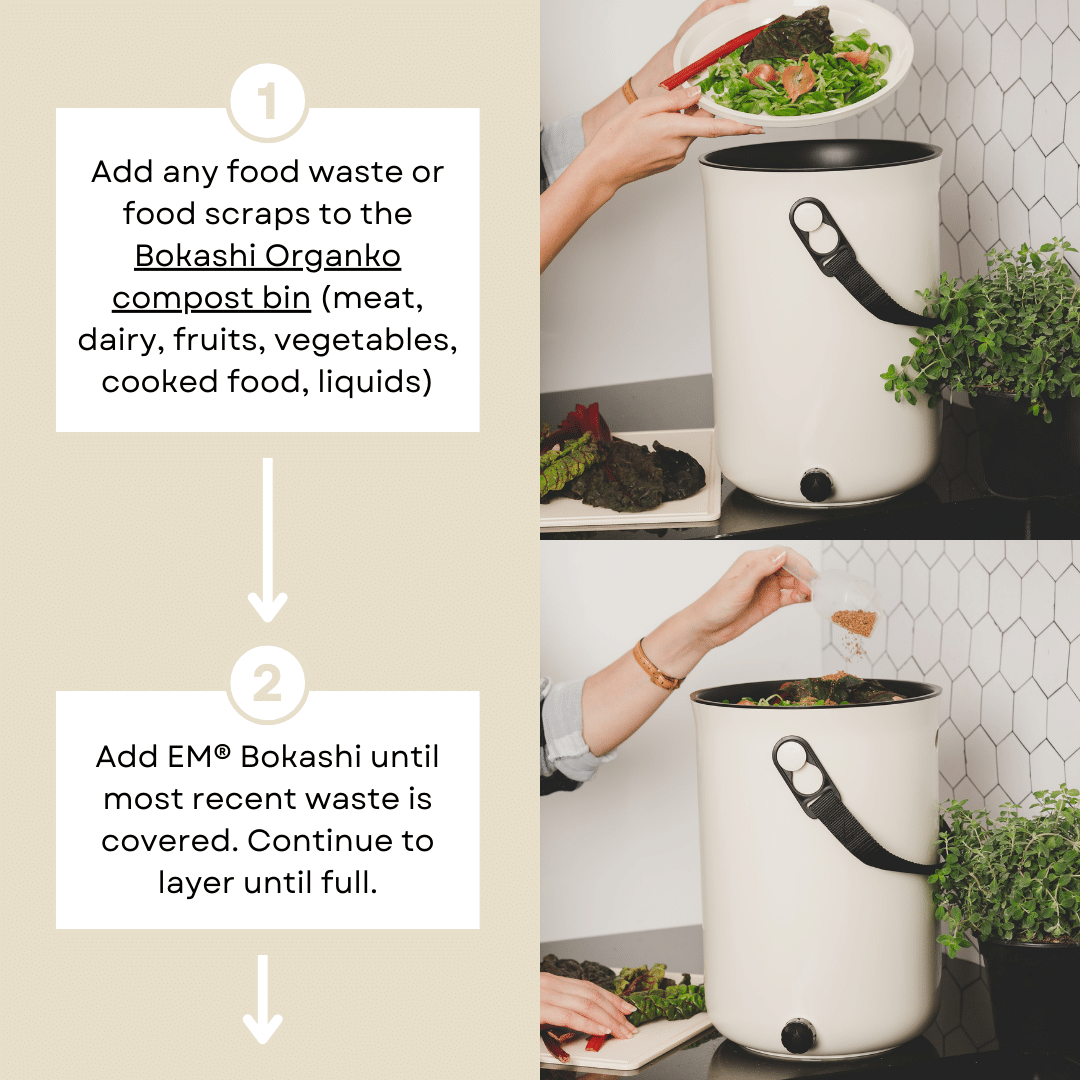
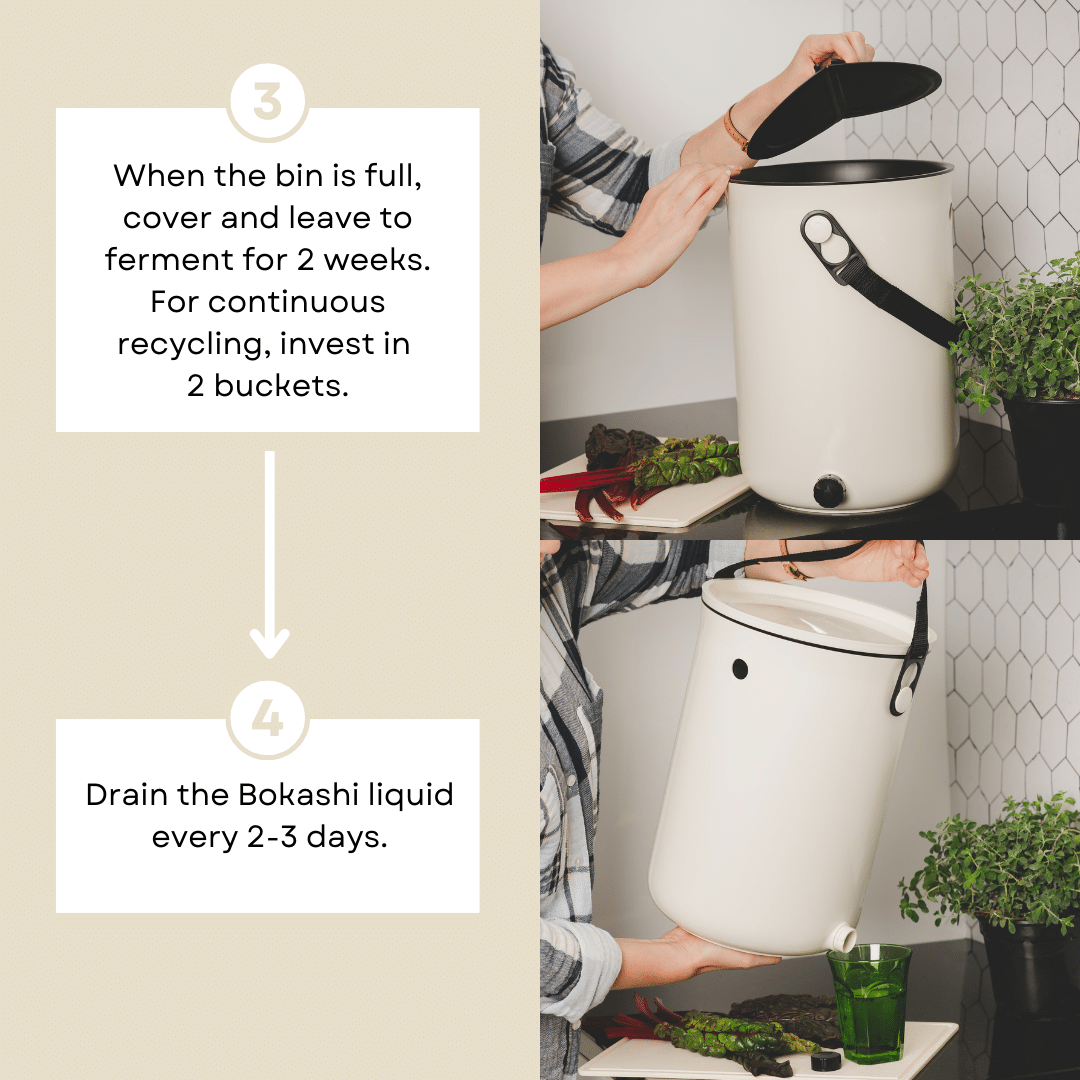
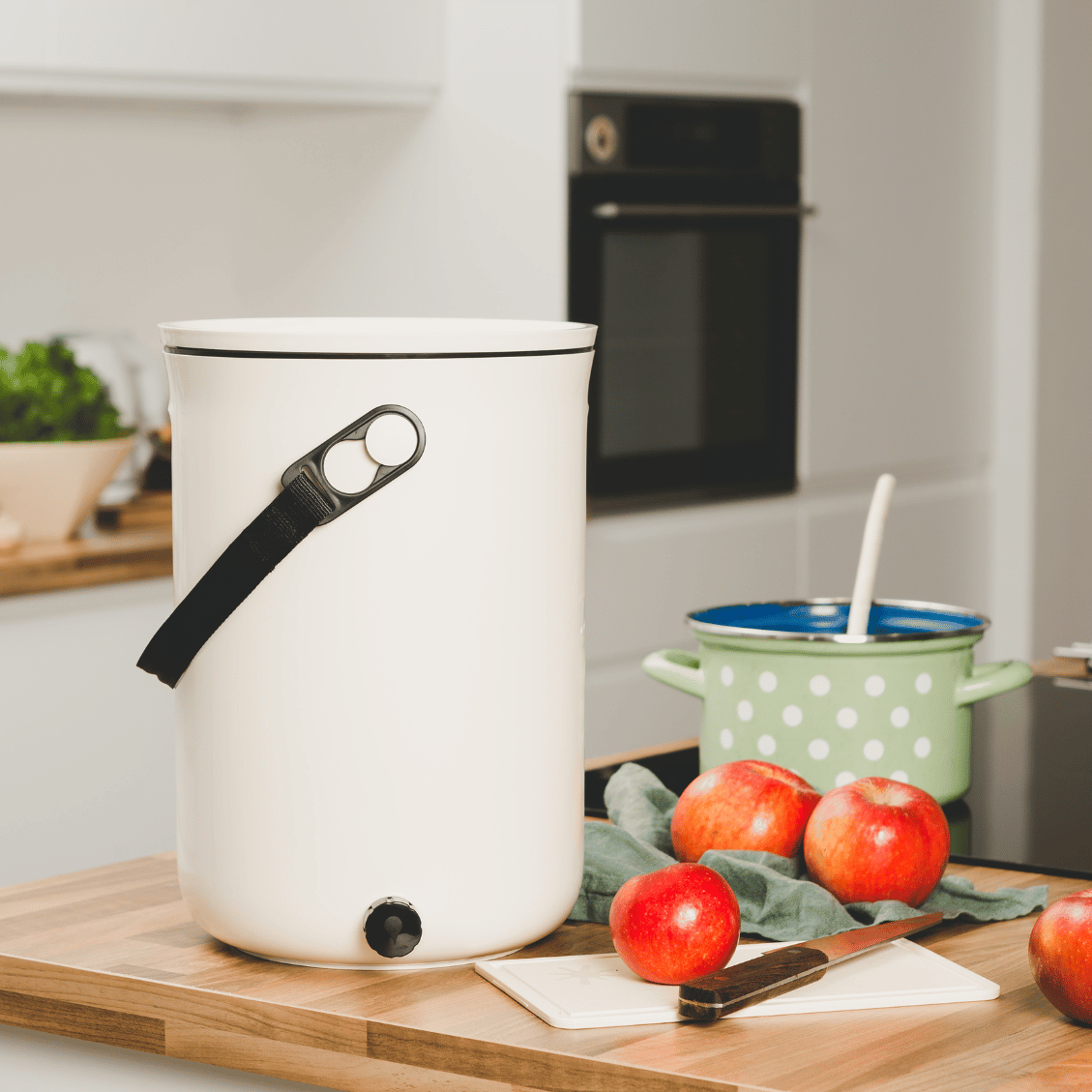
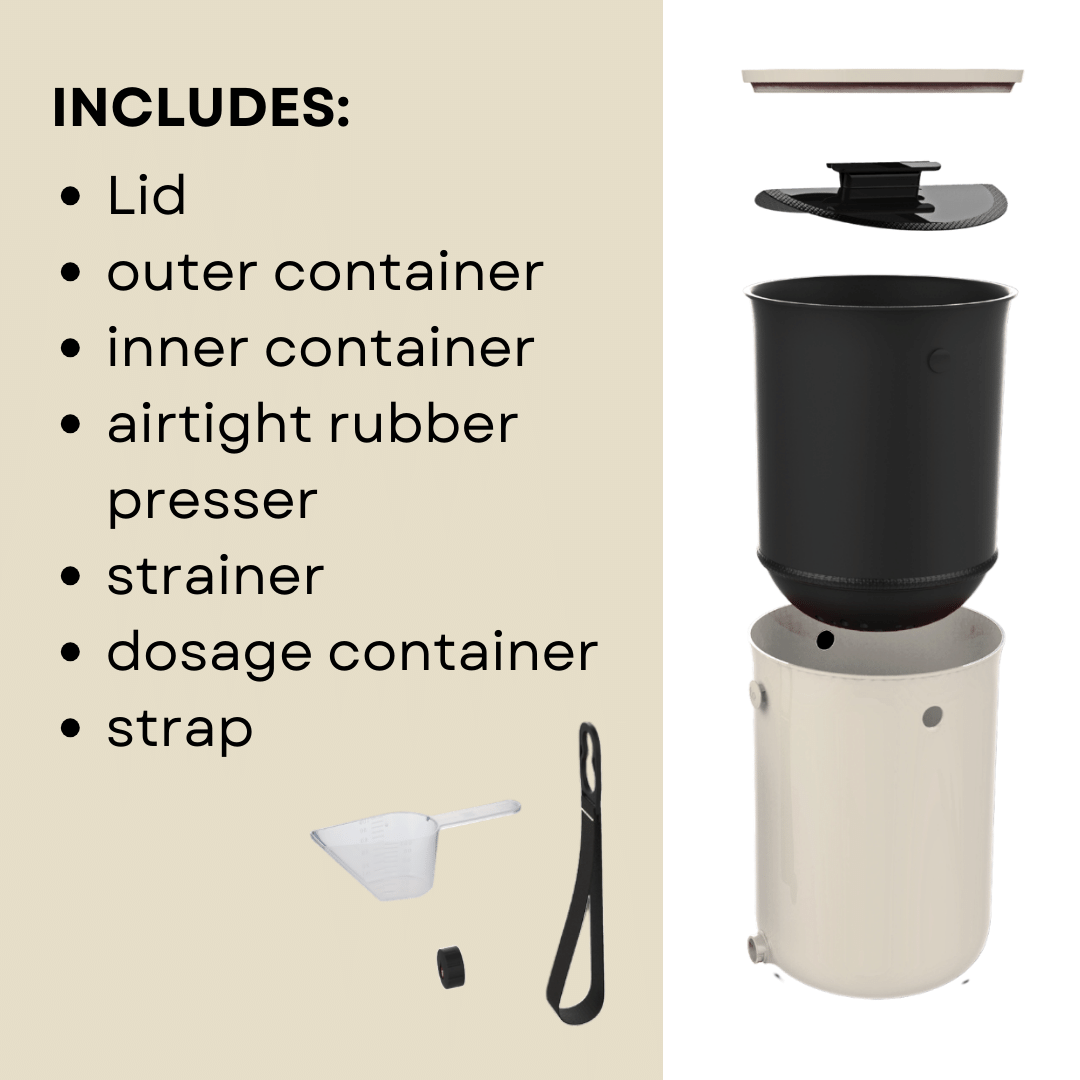
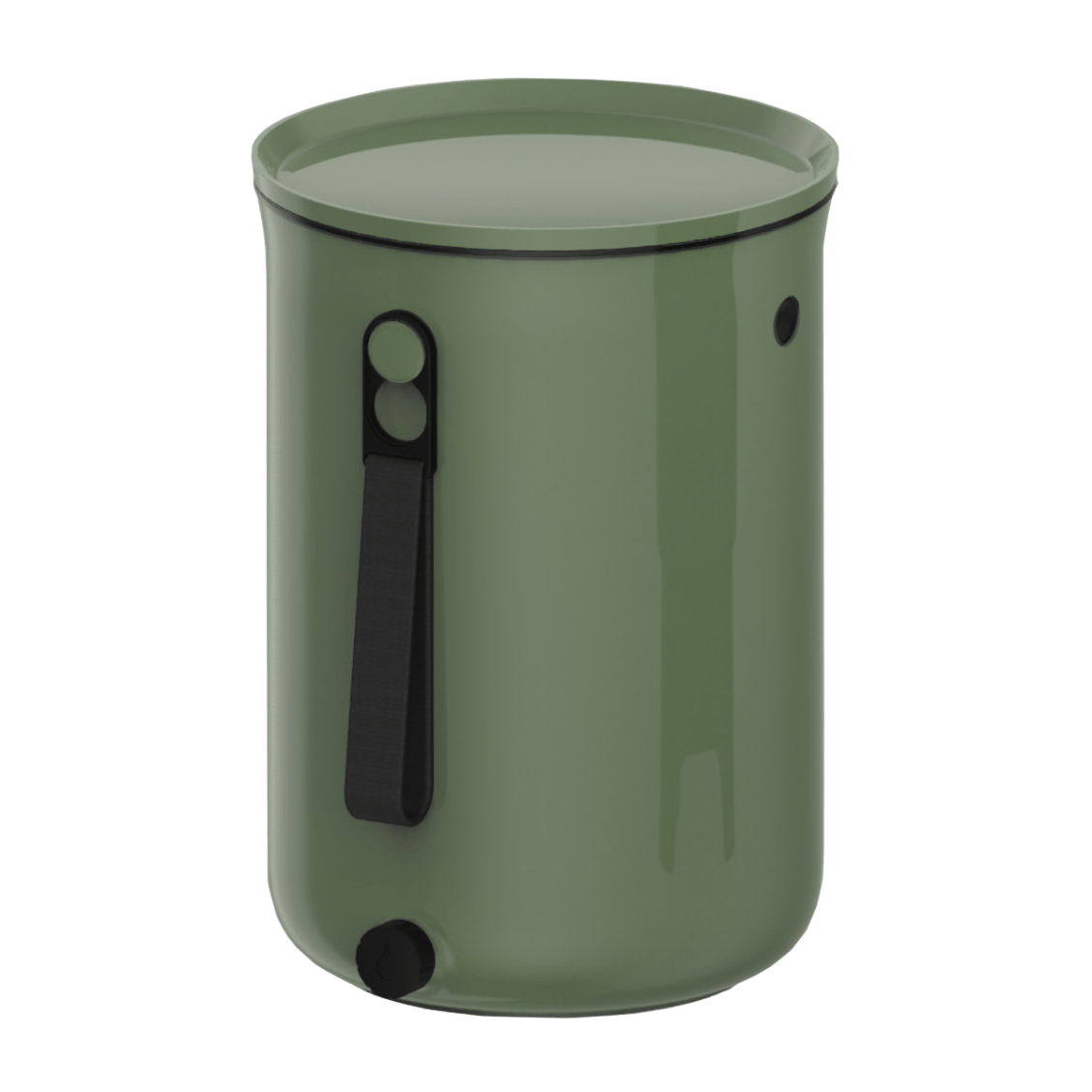
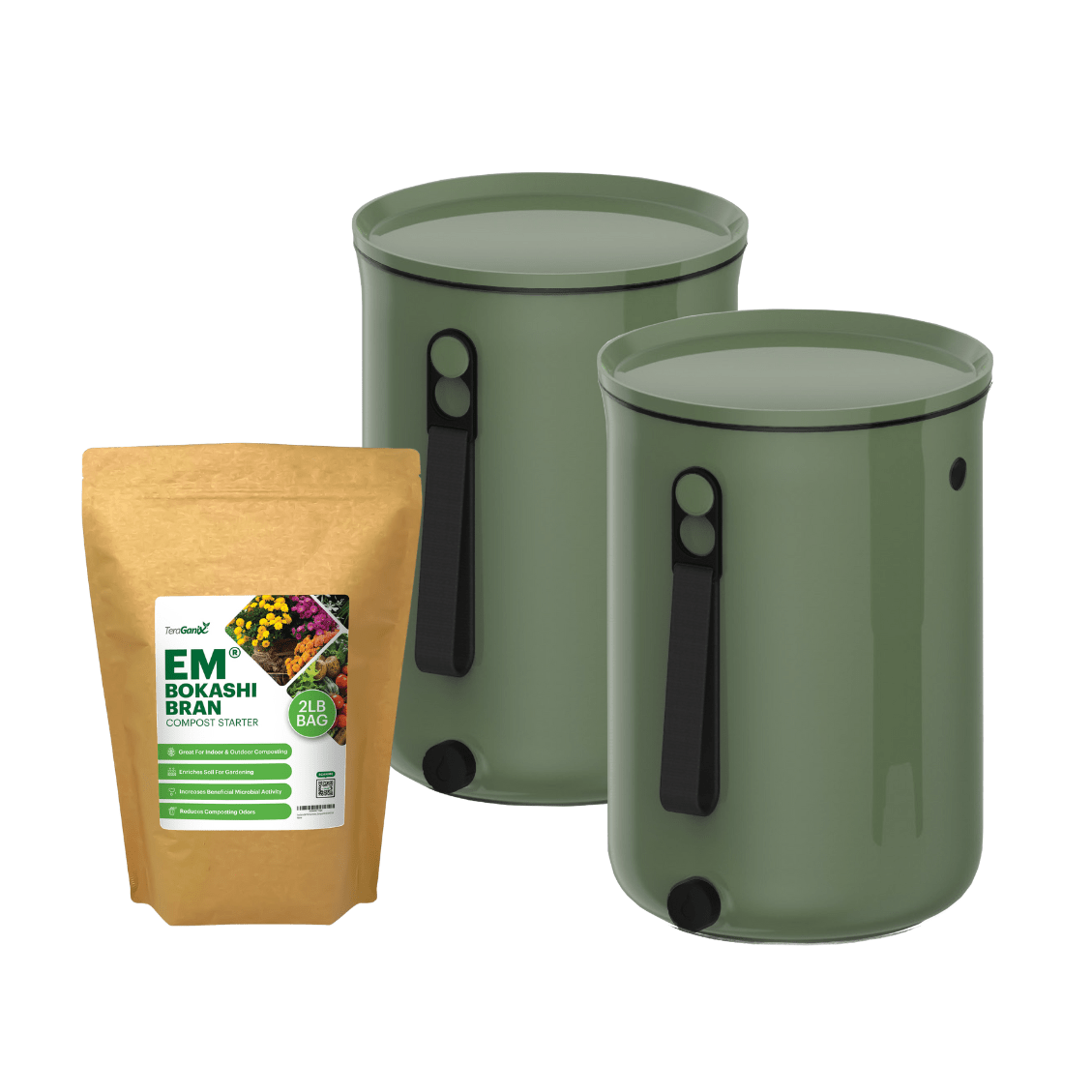
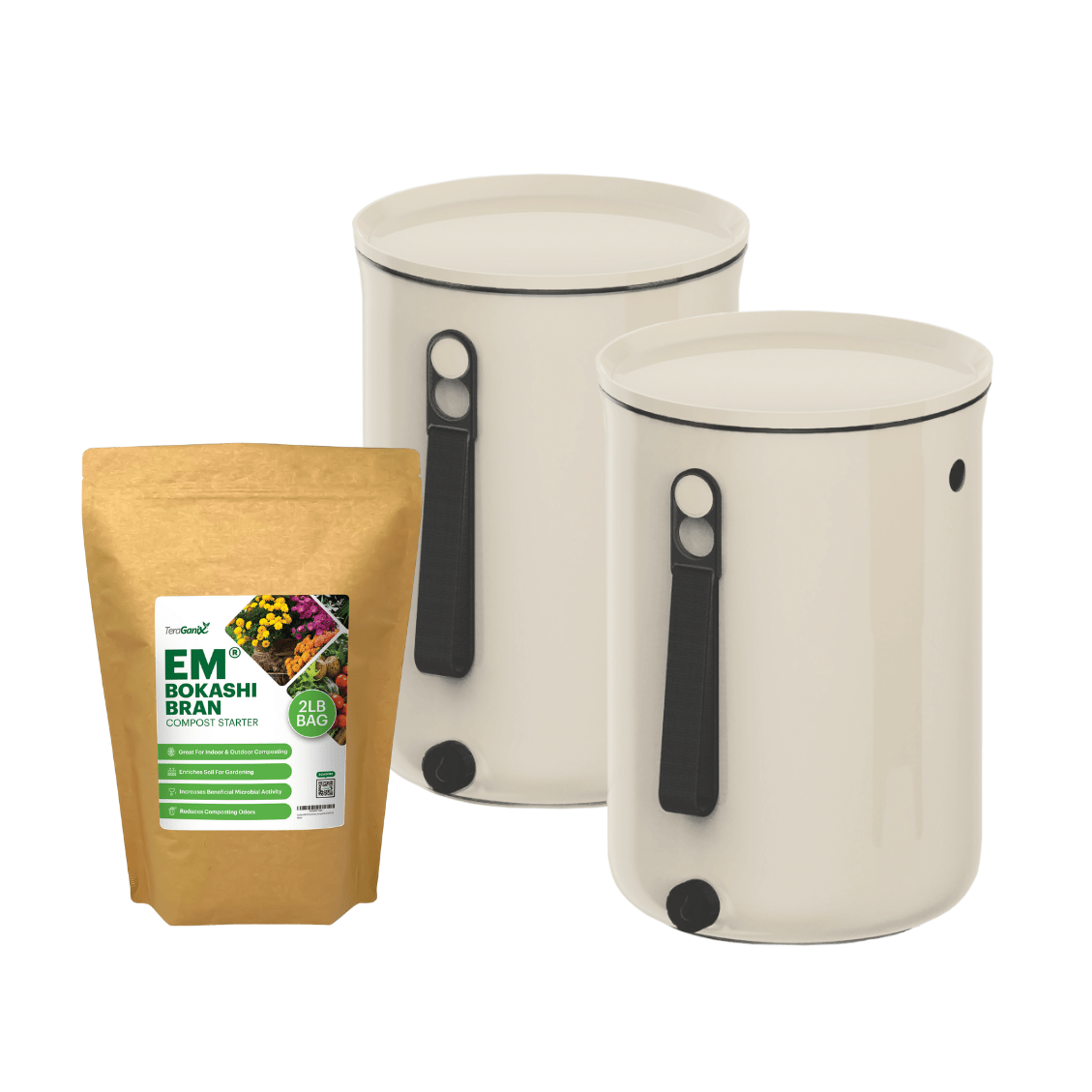
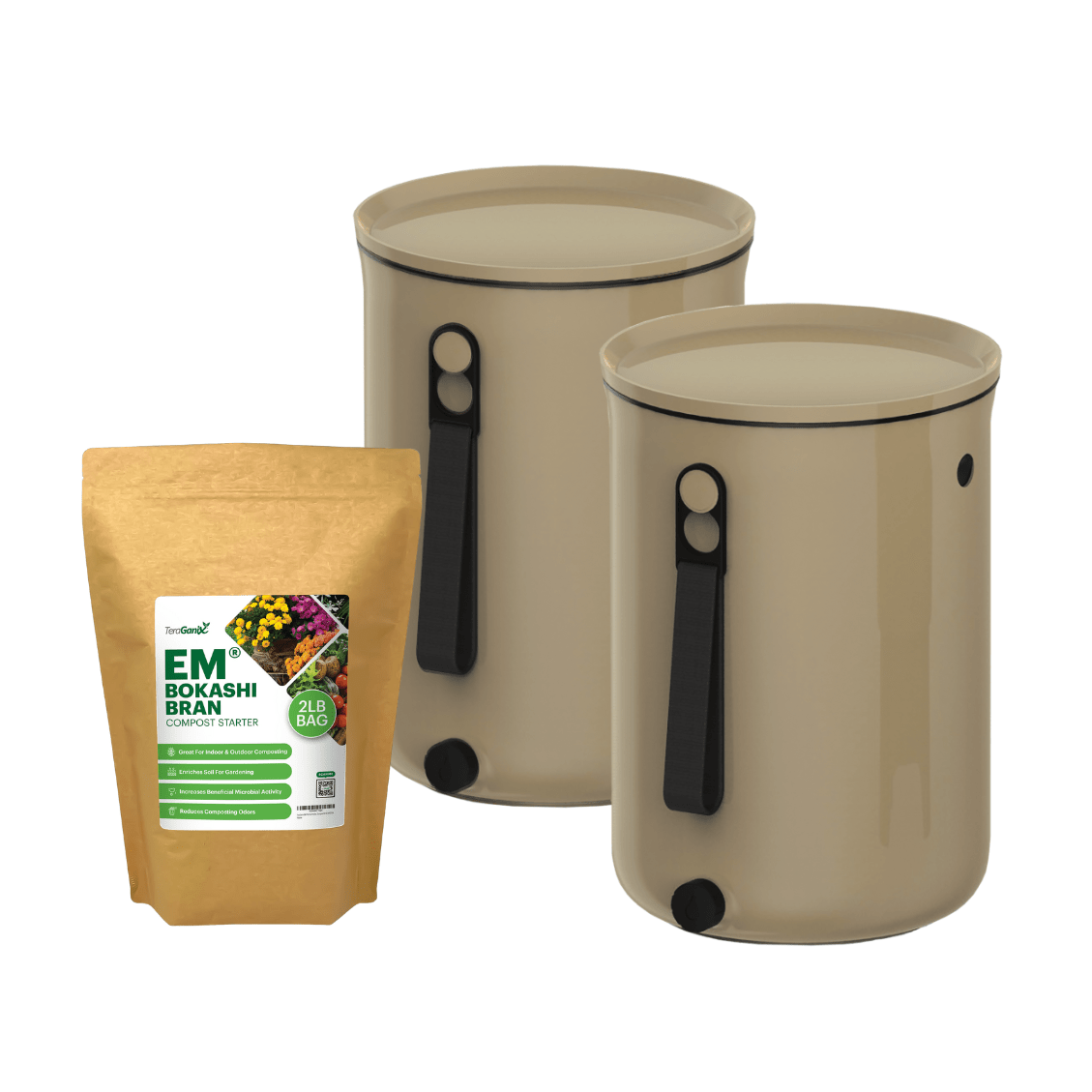
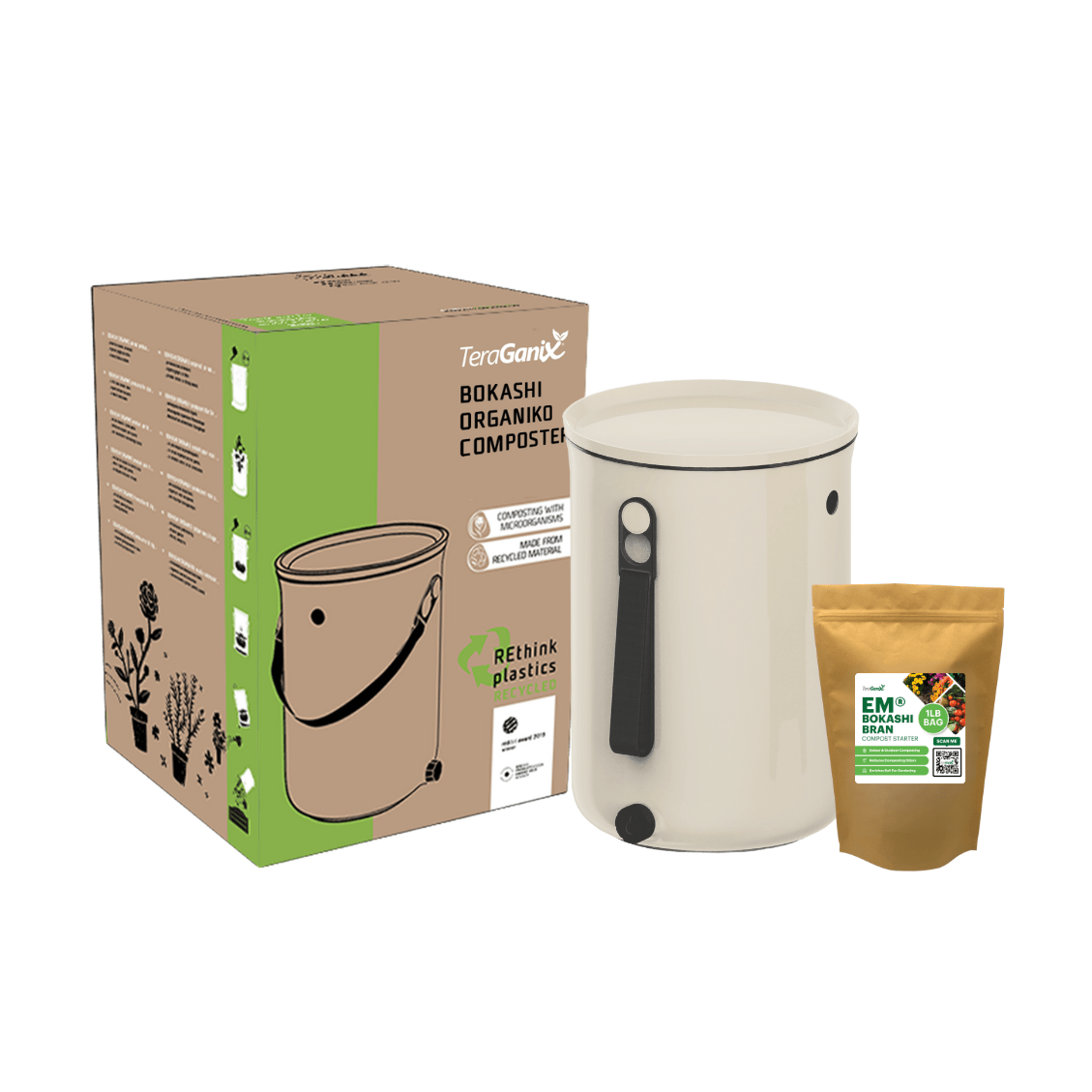
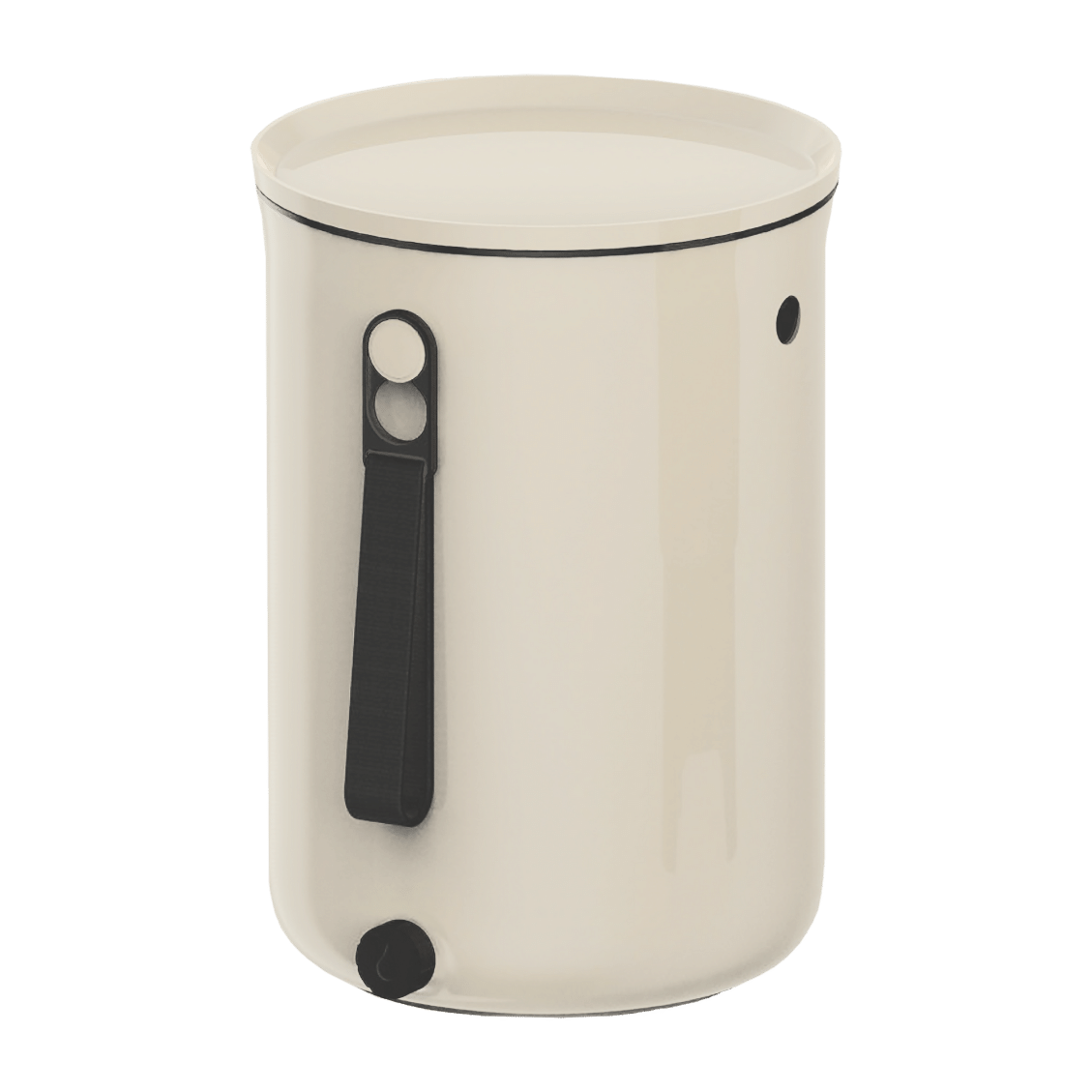







































-24%
Bokashi Kitchen Compost Bin, 2.5 gal
Regular price
$75.00
Sale price
$99.00
Say goodbye to traditional composting struggles with the Organko-2, Kitchen Compost bin's compact design and efficient composting process. Not only is Bokashi Composting the simplest and most cost-effective method, but it also works like magic, transforming your food scraps into valuable compost in just 14 days!
- Turn all food scraps into compost - Easily process virtually any kind of food waste right in your kitchen! Simply scrape food scraps into the Bokashi compost bin, including small bones, meat and dairy. Then sprinkle a layer of EM® Bokashi compost starter to reduce odor & break down food, then close the lid. Repeat at each meal.
- Odor free - Forget expensive or charcoal filters; our EM® Bokashi bran controls odors naturally & quickly. Enjoy a virtually odorless indoor composting experience with no mess or fuss!
- Compost all year round - Don't let winter weather stop you from composting! With our award winning Bokashi compost bins you can kickstart the composting process from the comfort of your own home, even when it's freezing outside. No more daily trips to the outdoor composter.
Our friendly customer support team is here to help if you have any questions about getting started with Bokashi Composting.
- Single bucket includes a 1 lb bag of EM® Bokashi Compost Starter
- Set of buckets includes a 2 lb bag of EM® Bokashi Compost Starter.
Estimate delivery times: 3-6 days (United States).
Return within 30 days of purchase.
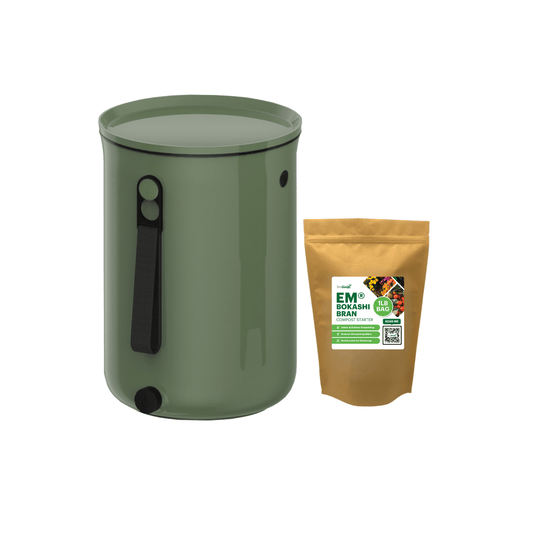
Bokashi Kitchen Compost Bin, 2.5 gal
Regular price
$75.00
Sale price
$99.00
